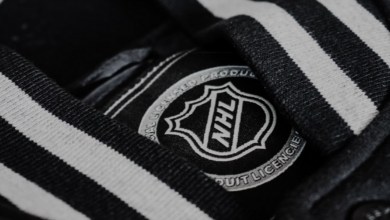Throwback Thursdays – Art Ross the Executive
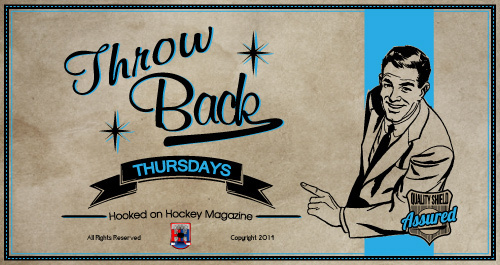
, rejoice!
Welcome back to the weekly Throwback Thursdays segment. I left off last week looking at the playing career of Art Ross, who entered the Hockey Hall of Fame as a player while leading a Hall-worthy executive career. That second career in the hockey business is what I’ll be taking you through today.

As mentioned in last week’s article, during his final playing years Ross had opened a sporting goods store in Montreal, while also pursuing his summer hobby of racing motorcycles.

After retirement however, Ross began to yearn for the game that had given him a livelihood, and that he still sought to improve. So, a season after his retirement, Ross jumped back into the hockey world by beginning to referee games locally and eventually for the NHL.
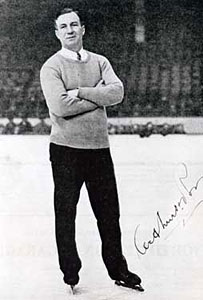
After a few years of doling out penalties, misconducts, and smirks as a ref, Ross finally got his chance to get his first sniff as an NHL coach when he took over the Hamilton Tigers in 1922-23. He earned a reputation for working his players hard in practices, but the conditioning wouldn’t chance their luck. For Ross’s first season in charge the Tigers finished last in the four team NHL for the third season in a row, with a 6-18 record.
Ross was so disappointed in his first tenure as coach that he decided to focus on coaching an amateur team the following season. He left the NHL’s Tigers for the Hamilton team of the same name in the Ontario Hockey Association. He did continue to ref in NHL games in 1923-24 so as to not lose his contacts within the league. This move ultimately proved fruitful for Ross.
In the summer of 1924, Charles Adams was awarded an NHL franchise for the Boston area, the first American-based team in the NHL. Adams reached out to Ross because of his NHL history and coaching experience in the league with the Tigers. Ross officially joined the league’s newly-minted Boston Bruins franchise for the start of the 1924-25 season, which kicked off a 30 year run where Ross held positions as coach, manager, and vice president (sometimes overlapping each other).
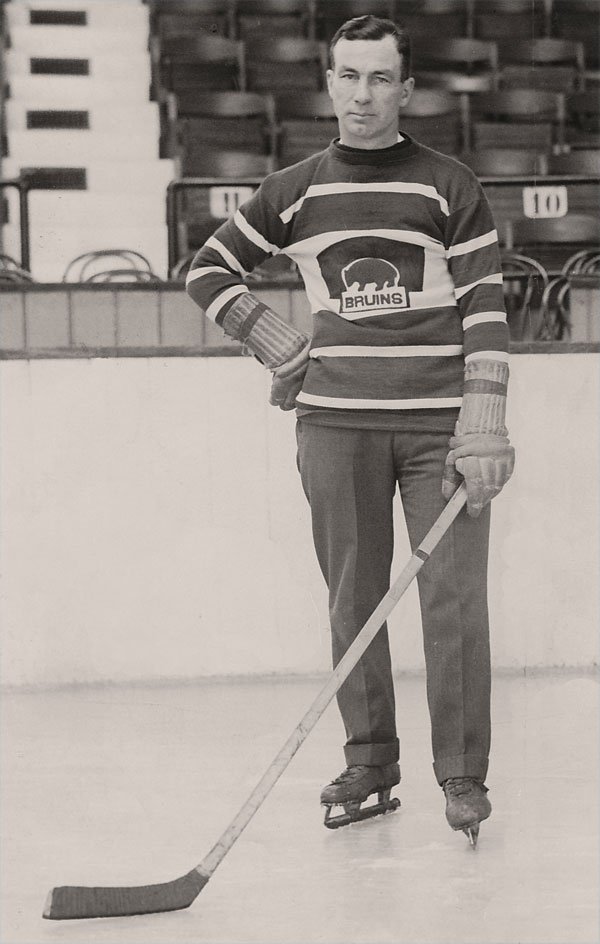
The Bruins were basement dwellers for their first couple of seasons, but their fortunes changed in 1926. The Western Hockey League, headed by old school friend Frank Patrick, folded and because Patrick was Ross’s friend, he told Ross of some of the better players that the WHL had who would be available because of the the league folding. This led to the Bruins signing a couple of WHLers, namely a defenceman who would go on to become a future Hall of Famer, top 100 NHL player of all-time, and the heartbeat of the Bruins, Eddie Shore.
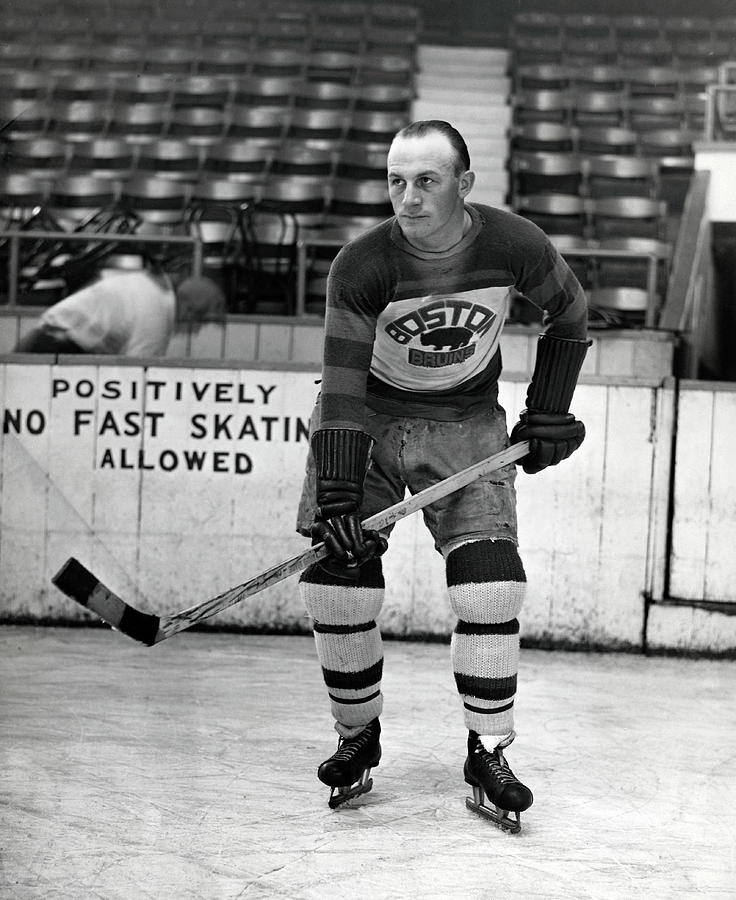
The Bruins would reach the Stanley Cup Final with Shore in tow for their third season, but would bow out to the Ottawa Senators. Two seasons later, after adding Cecil “Tiny” Thompson (amongst others), the Bruins would go on to win their first Stanley Cup. The following season was historic and still stands as a probably impossible-to-break record, when they went 38–5–1 during the 44-game season for an .875 winning percentage. The team reached the Stanley Cup Finals again, but was upset by the Montreal Canadiens.
Ross led the Bruins to 10 first place finishes in his 30 years with the organization and as well as being part of the first Stanley Cup in Bruins history (and two more after it), he would leave a legacy on the game that extended well beyond just the Bruins.
Some of Ross’s notable achievements include:
-fighting to allow unlimited substitutions (shift changes) of players during the game in a time where players generally played the full 60 minutes.
-supported NHL’s decision to remove the rover position and go to five players and a goalie in 1911-12.
-Also supported NHL rule change in 1917-18 that allowed goalies to drop down to make saves instead of standing all game.
-Joined the NHL Rules Committee, which oversaw many changes to the game, including new net shapes, introducing the icing calls, and most importantly forward passing in every zone of the ice (not just the defensive zone).
-He invented a new shape for the puck, which the NHL uses to this day.
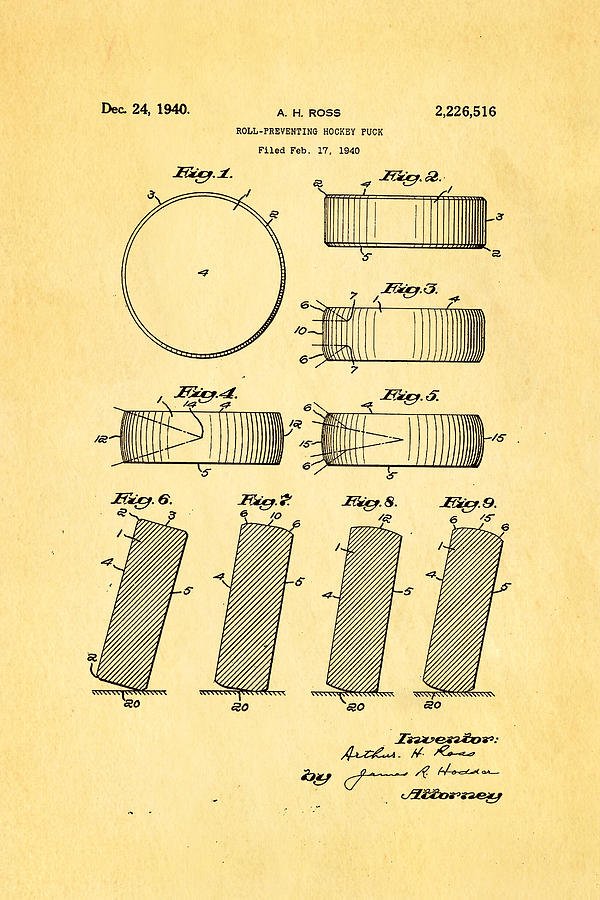
-inducted into the Hockey Hall of Fame in 1949. A fun/quick fact about his induction that you can bring up to impress your friends – Ross is listed as one of the original Hall of Fame inductees by many sources, including the Hall of Fame’s own website, however Ross was a governor of the Hockey Hall of Fame when the first inductions were made in 1945 so he was not actually elected to the Hockey Hall of Fame until 1949.
-posthumously inducted in the Canadian Sports Hall of Fame in 1975.
-posthumously award the Lester Patrick award for his service to the growth of hockey in the United States in 1984.
-He and his sons, Arthur and John, donated the Art Ross Trophy the NHL in 1948. Since the 1947–48 season, the Art Ross Trophy has been presented to the NHL’s leading scorer. This is generally what his name is associated with nowadays.
Stay tuned for next week’s TBT friends!

